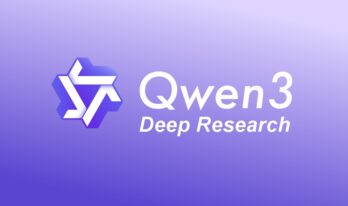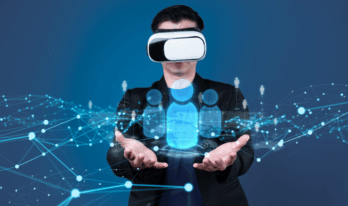Robotic Process Automation (RPA) and Artificial Intelligence (AI) are emerging as key to companies that seek notoriety.
Many organizations want to embrace both technologies, whose goals are primarily to improve business efficiency, enhance the customer experience, reduce costs, and achieve a higher level of process excellence.
Want to better understand what RPA and Artificial Intelligence are, what the difference is between them, and how do they improve business processes? Then read on to check it out!
Is RPA Part of AI?
Robotic process automation is software used to perform repetitive tasks in place of humans. That is, it is an application that aims to automate processes, but in a way that involves less human interference.
In practice, it consists of the adoption of robots that replace and standardize activities that were previously performed by humans, such as typing text, capturing information and files, and inserting data into websites, among others.
Benefits of RPA include:
-
- Higher quality and precision services
- Greater regulatory compliance
- Better customer service
- Improved analytics
- Cost reduction
- Comprehensive analysis
- Elimination of repetitive and time-consuming tasks
Artificial Intelligence is a "parent" term. It is the simple application of multiple processes, one of them being RPA. Indeed, artificial intelligence includes RPA.
In other words, if AI is a “thinker,” then RPA can be considered as a “doer”.
The main difference between the two technologies is that RPA is process-driven while AI is data-driven. RPA systems are trained to specialize in certain tasks rather than complex decisions and aims to save time by automating repetitive activities.
An RPA application can be configured only by developers or by other employees. They are used as employees' apprentices' and, after training, can perform specific functions.
Applications developed with artificial intelligence are usually able to learn and go beyond specific functions, also preparing for the unexpected.
They handle a huge amount of data and robust calculations to generate results.
When people talk about AI, they are usually referring to machine learning or deep learning; that is, programs which can learn from datasets without being explicitly programmed to do so.
Robotic process automation and artificial intelligence are two different types of technology but complement each other very well.
However different RPA and artificial intelligence might be, they can actually work together. RPA is a software robot that imitates human actions, while artificial intelligence is the simulation of human intelligence by machines.
RPA and artificial intelligence are capable and useful technologies on their own: while RPA can streamline repetitive, rule-based business processes, AI algorithms can manage business tasks that require more complex decision making and analysis.
Simply put, RPA optimizes repetitive and manual processes, making them more effective, with AI they are in fact able to reflect, gain knowledge, and perform actions based on these experiences.
The data is crucial for business decision making. Despite being able to think, Artificial Intelligence software does not replace the manager, but only provides him/her with the basis for choosing the best solutions securely, minimizing the chance of facing unforeseen events which might be negative.
Technology giants like Apple, Google, Amazon, and Netflix combine RPA with artificial intelligence to provide a standout customer experience and increase profits.
In addition to the pre-existing awesome security features of iPhones, Apple is also prominently using machine learning, facial recognition, and artificial intelligence for further enhancements.
Amazon is in the spotlight when it comes to automation. Amazon plans to automate the process of collecting and packaging products and has already stationed this model in its distribution centers.
Above this, Amazon cooperated with DHL Parcel to provide a standout customer experience. A buyer can consult Alexa to find out the current location of their shipment simply by asking, “Alexa, where is my order?
British supermarket Ocado can be a perfect example of smart automation. It uses robots to make online grocery shopping faster, processing 3.5 million items or around 65,000 orders each week.
Concluding Words
Now, after going through the RPA vs. AI comparison, we've definitely understood how the former is only a subset of the latter. In addition to that, Artificial Intelligence has some standalone features which exceed the power of RPA.
You may also like to read:




